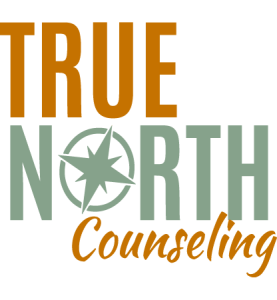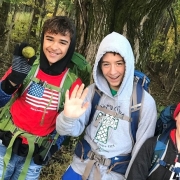Friday Waypoints – 05/17/19
Mark Neese is back with another Friday Waypoints blog post. On this weeks Friday Waypoints, Mark discusses how drugs cause parents to abandon their children, why the internet is a dangerous place for teens, and he revisits The Parklands of Floyd Forks. Mark discusses his previous visit to The Parklands of Floyd Forks, a hidden…







